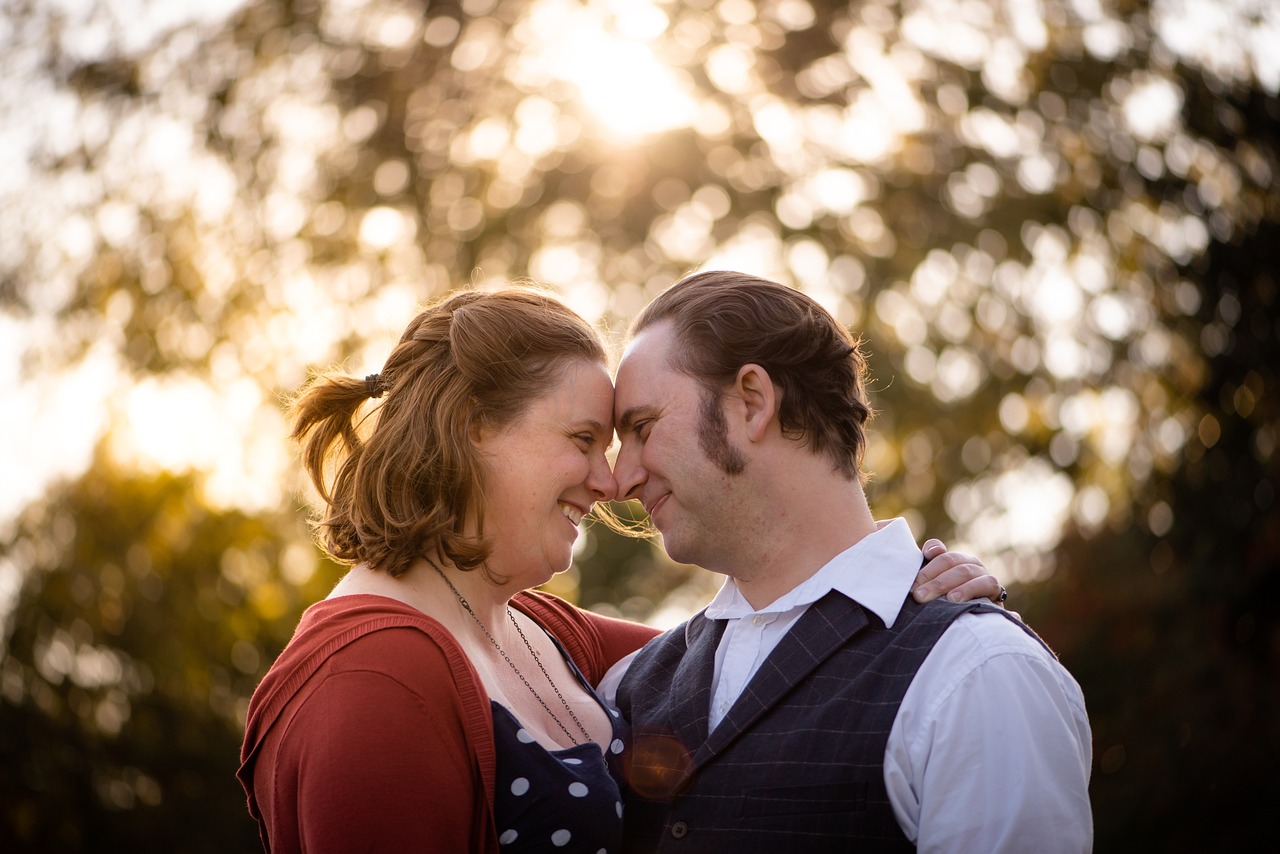Understanding relationship dynamics is crucial for fostering healthier connections, whether in romantic partnerships, friendships, or professional environments. These dynamics encompass the behaviors, interactions, and emotional exchanges between individuals, influencing how relationships are formed, sustained, and occasionally strained. By exploring various components of relationship dynamics, we can equip ourselves with the necessary tools to improve our interpersonal connections and achieve more fulfilling interactions.
The Foundations of Relationship Dynamics
What Are Relationship Dynamics?
Relationship dynamics refer to the patterns of interaction and behavior that characterize the way people relate to each other. Here are some key components:
- Communication Styles: How partners express thoughts and feelings.
- Power Balance: The distribution of power between individuals.
- Emotional Exchange: The method and intensity of emotional sharing.
- Conflict Resolution: Strategies employed to address disagreements.
The Importance of Understanding Dynamics
Grasping the intricacies of relationship dynamics can equip you to:
- Enhance Communication: Clearer dialogues lead to better mutual understanding.
- Foster Trust: Open patterns strengthen bonds and create safety.
- Avoid Misunderstandings: Recognizing dynamics reduces friction over miscommunication.
Types of Relationship Dynamics
Healthy vs. Unhealthy Dynamics
Recognizing whether the dynamics in a relationship are healthy or unhealthy is paramount for growth.
- Healthy Dynamics:
- Open communication and honesty.
- Respect for one another’s opinions and choices.
- Prioritization of both emotional and physical needs.
- Unhealthy Dynamics:
- Manipulation or control tactics.
- Lack of support during difficult times.
- Frequent misunderstandings leading to conflict.
Power Dynamics
Power dynamics in relationships can significantly influence interaction styles:
- Balanced Power: Each individual equally shares decision-making and responsibilities.
- Imbalanced Power: One person consistently exerts control, leading to resentment or frustration.
Example: In a balanced relationship, both partners discuss and agree on finances, whereas in an imbalanced one, one partner may dominate financial decisions without input
The Role of Effective Communication
Types of Communication Styles
Effective communication is the backbone of all positive relationship dynamics. Different styles include:
- Assertive: Clear and honest expression of thoughts and feelings.
- Aggressive: Confrontational communication which can lead to conflict.
- Passive: Avoids expressing feelings, leading to unmet needs.
- Passive-Aggressive: Indirect resistance, leading to confusion.
Improving Communication Skills
Here are some actionable tips to enhance communication within relationships:
- Practice active listening—ensure you’re not just hearing but understanding.
- Use “I” statements to express feelings (e.g., “I feel hurt when…” instead of “You make me feel hurt.”).
- Establish regular check-ins to discuss feelings and concerns.
Conflict Resolution Strategies
Effective Conflict Resolution Techniques
Conflicts are inevitable, but how they are managed can either strengthen or weaken relationships.
- Stay Calm: Take a break if emotions run high.
- Identify the Issue: Clearly define what the conflict is about.
- Listen to Each Other: Ensure both parties have the chance to express their viewpoints.
- Seek Compromise: Aim for solutions that meet the needs of both parties.
For example, if a couple argues about household chores, they can list tasks and agree on a fair sharing schedule rather than continually blaming each other.
Practicing Emotional Regulation
Managing emotions can significantly affect how conflict is resolved:
- Practice mindfulness techniques, such as meditation, to gain better self-awareness.
- Take deep breaths or count to ten before reacting.
- Express feelings calmly using supportive language.
Building Healthy Relationships
Establishing Trust and Respect
Trust and respect are foundational elements in any successful relationship. Consider the following actions:
- Honesty: Be truthful, even when it’s difficult.
- Reliability: Follow through on commitments to establish dependability.
- Support Individual Growth: Encourage each other’s dreams and ambitions.
Maintaining Balance
A balanced relationship allows both partners to thrive:
- Ensure time is dedicated to individual pursuits as well as shared activities.
- Regularly check in with each other’s feelings to maintain emotional balance.
- Be open to reevaluating roles and responsibilities.
Conclusion
Understanding and navigating relationship dynamics is an ongoing journey that requires effort and commitment. By recognizing the types of dynamics, improving communication skills, employing effective conflict resolution strategies, and fostering trust and respect, individuals can enhance their relationships significantly. Remember, every relationship has its unique ebb and flow, but with the right tools and mindset, it is possible to create healthy and fulfilling connections. As you apply these insights into your daily interactions, not only will you improve your relationships, but you’ll also enrich your emotional well-being.






